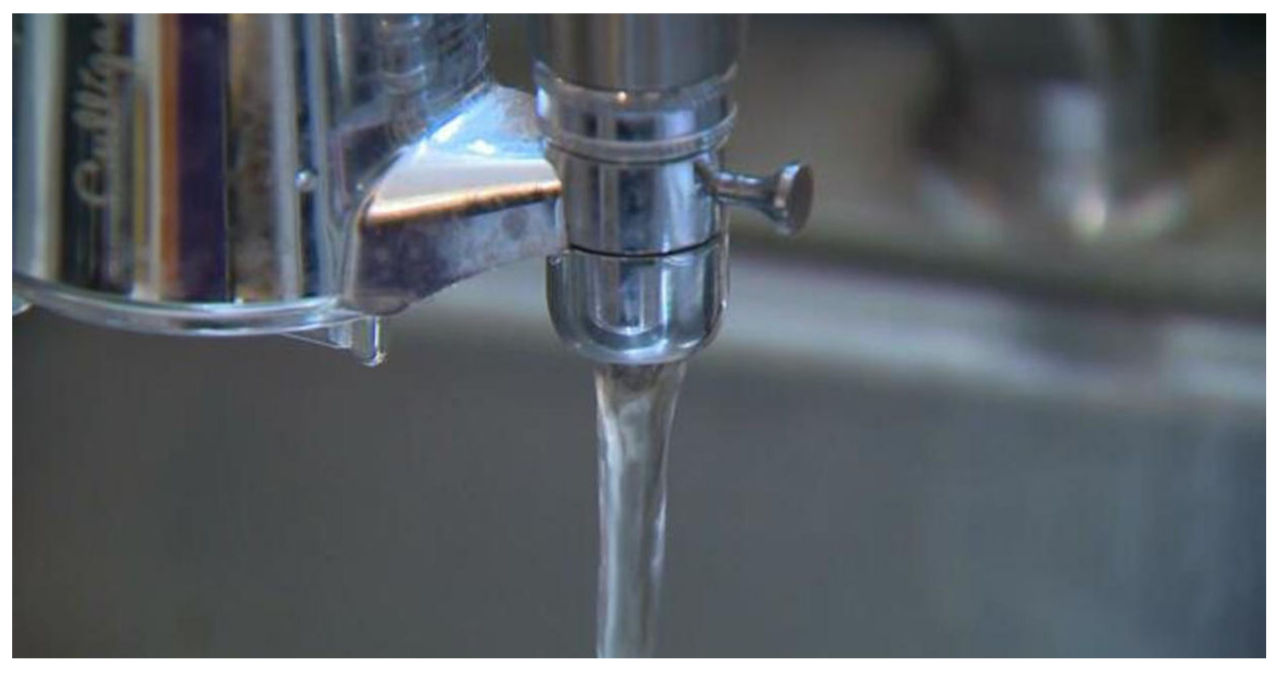For the first time, the Environmental Protection Agency stated Wednesday that it will issue a national regulation restricting the quantity of certain per- and polyfluoroalkyl substances (PFAS) detected in drinking water.
PFAS, or “forever chemicals,” are synthetic chemicals that can take thousands of years to degrade in the environment. They can be found almost anywhere—in air, water, and soil.
The EPA has said that there is no acceptable amount of PFAS exposure without danger to health; however, public water utilities will now be required to test for six different types of PFAS chemicals in order to decrease exposure to drinking water. According to the EPA, the new regulations will reduce PFAS exposure for 100 million people, saving thousands of lives and preventing sickness.
“Drinking water contaminated with PFAS has plagued communities across this country for far too long,” said EPA Administrator Michael S. Regan in a statement released Wednesday.
To help public water utility companies comply with the new drinking water regulations, the EPA is providing $1 billion to states and territories to perform PFAS testing and treatment at public water systems. The 2021 Bipartisan Infrastructure Act has enabled a $9 billion investment to assist areas impacted by PFAS pollution, which includes this funding.
“President Biden believes that everyone deserves access to clean, safe drinking water, and he is delivering on that promise,” said Brenda Mallory, Chair of the White House Council on Environmental Quality.
PFAS have been used since the 1940s, primarily to repel oil and water, and are heat-resistant, making them popular for a wide range of applications. However, according to industry data, producers have been aware of the hazardous nature of PFAS for decades.
Regan said at a press event, “You can find them in everything from nonstick cookware to cleaning and personal care products.” “But there’s no doubt that many of these chemicals can be harmful to our health and our environment.”
According to research, exposure to certain levels of PFAS in the environment can cause a variety of health problems, including reproductive issues such as decreased fertility, developmental delays in children, and low birth weight, as well as a suppressed immune system, increased cholesterol levels, cardiovascular system effects, and certain types of cancer.
“I think the strongest data is for kidney cancer and then testicular cancer,” Dr. Linda Birnbaum, former director of the National Institute of Environmental Sciences, told CBS News. “But evidence is growing for several other forms of cancer.”
Critics believe that the EPA did not go far enough because there are about 15,000 PFAS compounds, but this regulation only covers six.
“I think that we need to begin addressing PFAS as a whole class of chemicals,” Birnbaum said in an interview. “And we need to ask the question: do we really need them?”
According to the EPA, out of the 66,000 public water utility systems affected by the standard, 6% to 10% may need to take action in order to comply with the standards. Operators will have three years to test for PFAS pollution and another two years to locate, purchase, and install the appropriate technology to remediate tainted water.
According to Erik D. Olson, senior strategic director of health at the Natural Resources Defense Council, the EPA estimates that treating all of this water and protecting people’s health will cost approximately $1.5 billion. The benefits, we believe, significantly outweigh the costs.”
Despite recognizing the concerns for several years, it has taken a long time to regulate PFAS at the federal level.
“There’s just a huge amount of political opposition from the chemical industry and, frankly, from some of the water utilities that don’t want the EPA to regulate these chemicals because they know that once the EPA cracks down on them, it’s going to cost them a lot of money, and they don’t want to spend that money,” he said.
While water utility companies will bear the cost of cleanup, the new restrictions do little to hold polluters accountable for the harm PFAS has caused to the environment and human health. Chemical corporations have achieved numerous substantial settlements regarding PFAS pollution in recent years, the most noteworthy being 3M’s $10.3 billion deal in June 2023.
If you wish to reduce your exposure to PFAS in drinking water, you can ask your water utility how they test for the chemicals or get your water tested by a state-certified laboratory that follows EPA testing requirements. Several methods are available for purchase to filter PFAS from your home’s water supply. There are numerous ongoing lists of corporations that have banned PFAS from their products.

